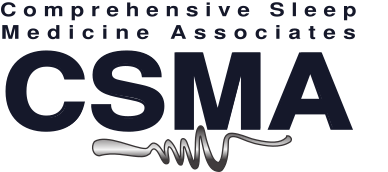EOG (Electrooculogram):
One electrode is placed above and to the outside of the right eye, and another electrode is placed below and to the outside of the left eye. These leads record the movements of the eyes during sleep and serve to help determine sleep stages.
ECG (EKG) (Electrocardiogram):
A record of the electrical impulses that immediately precede contraction of the heart muscle. The waves produced are known as the P,Q,R,S and T waves. An ECG is a useful means of diagnosing disorders of the heart, many of which produce deviations from normal electrical patterns. Electrocardiography causes no discomfort. Electrodes connected to a recording machine are applied to the chest, wrists, and ankles. The machine displays the electrical activity in the heart as a trace on a moving graph or on a screen. An ECG can be taken at home; a 24-hour record can be obtained from a tape recorder worn by the patient.
EMG (Electromyography) Testing:
Electromyography is a test in which the electrical activity in muscle is analyzed after being amplified, displayed, and recorded.

